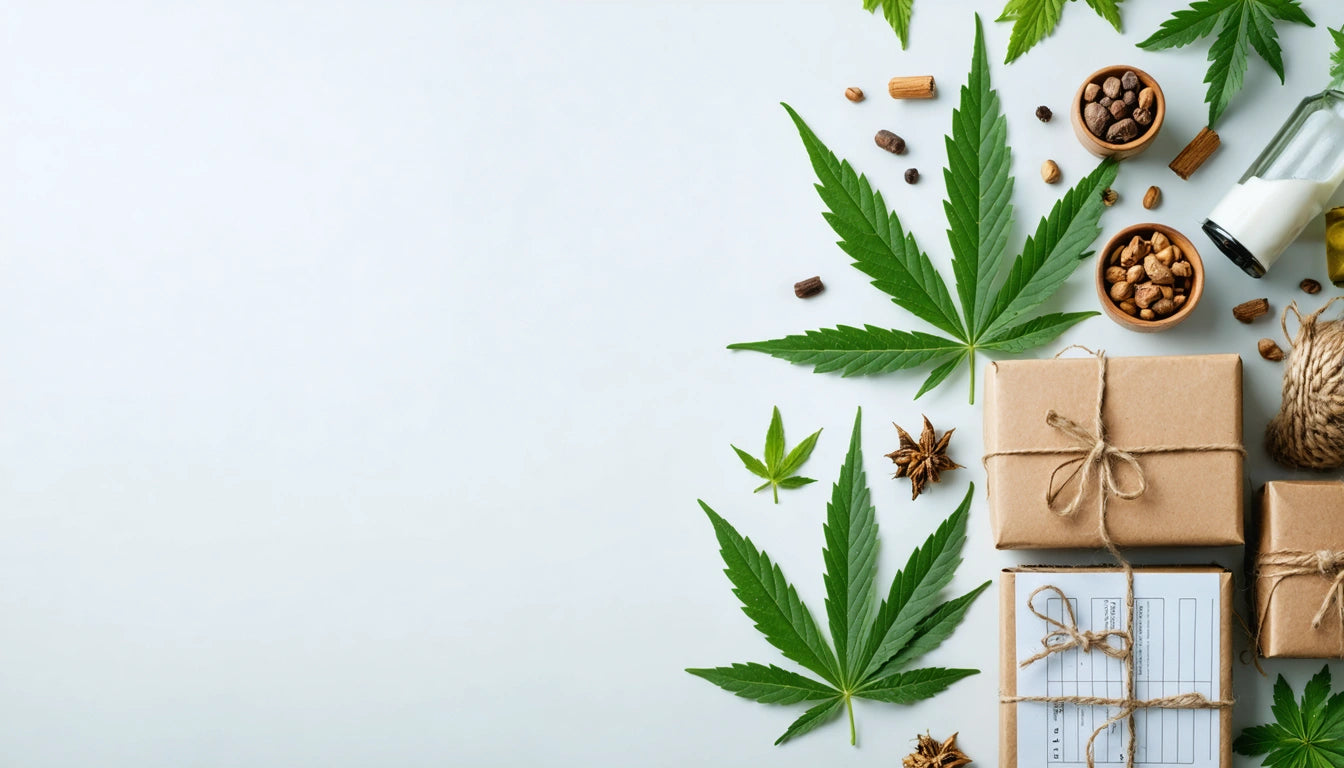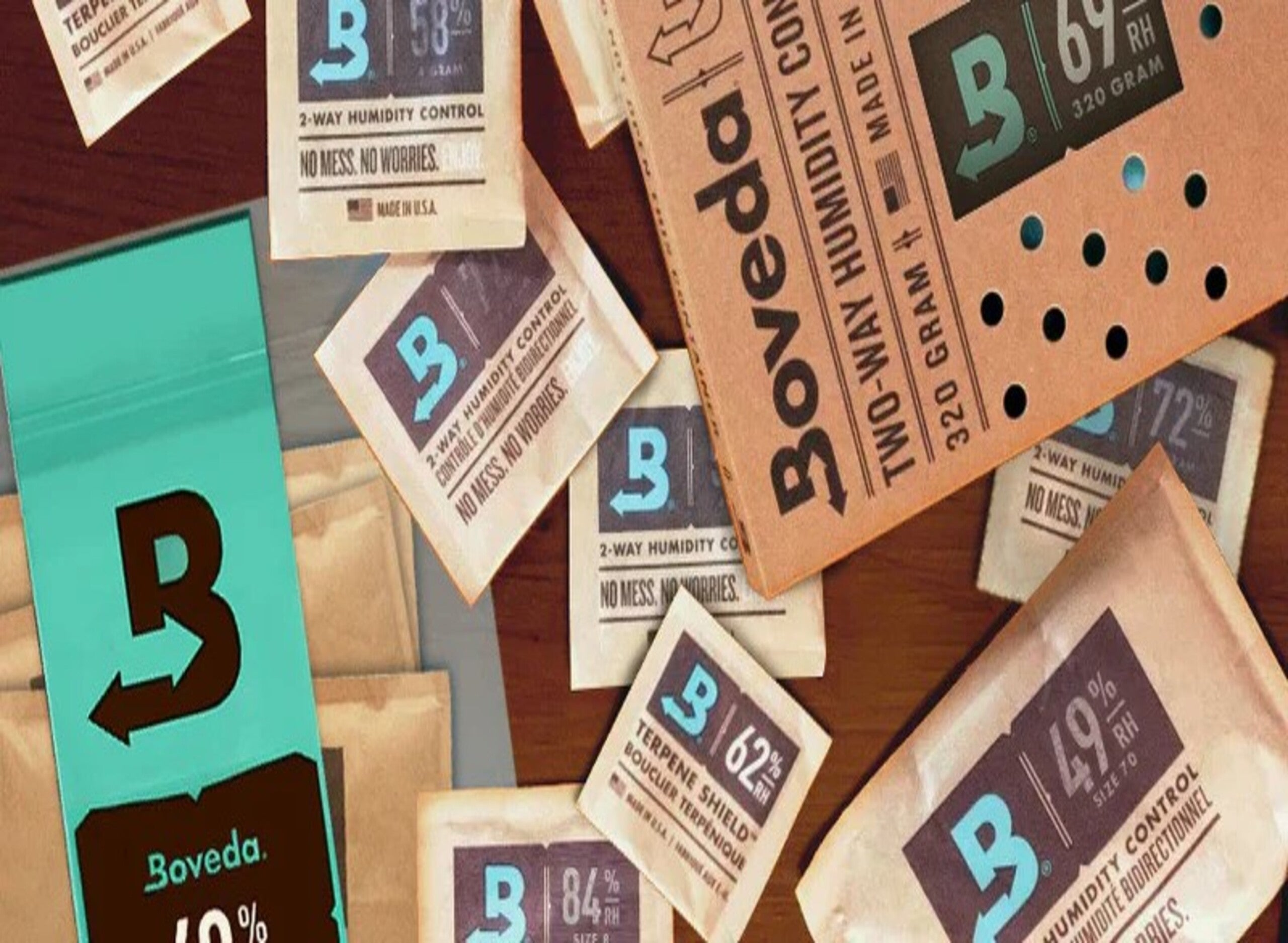Table of Contents
Seasonal fluctuations significantly impact cannabis businesses, creating unique challenges for packaging inventory management. From 4/20 celebrations to holiday gift-giving seasons, these predictable yet intense demand spikes require careful planning. Effective packaging forecasting helps cannabis operators maintain appropriate stock levels, control costs, and ensure operational continuity throughout the year.
Understanding Seasonal Trends in Cannabis Packaging
Cannabis retail follows distinct seasonal patterns. The industry sees major spikes around 4/20, summer months, and the November-December holiday season. Understanding these patterns is the foundation of effective packaging forecasting.
Key Seasonal Events Affecting Cannabis Packaging Demand
- 4/20 celebrations (April)
- Summer tourism season (June-August)
- Back-to-school season (August-September)
- Holiday gift season (November-December)
- New Year promotions (January)
Historical sales data should be your primary guide when preparing for these periods. According to packaging forecasting experts, analyzing at least two years of sales data provides the most reliable basis for seasonal predictions.
Effective Forecasting Methods for Cannabis Packaging
Accurate forecasting combines quantitative analysis with qualitative market intelligence. Implementing a structured approach helps prevent both costly overstock and devastating stockouts.
Data-Driven Forecasting Techniques
Start with historical sales analysis broken down by product category and packaging type. Many cannabis operators find success using the following formula:
Projected Demand = (Last Year's Demand × Growth Factor) + Promotional Lift - Competitive Impact
This calculation should be performed for each packaging SKU and adjusted based on current market conditions. For new products without historical data, look at similar products in your lineup or industry benchmarks.
Strategic Inventory Management Approaches
Once demand is forecasted, translate those projections into inventory management strategies. The goal is balancing sufficient stock against capital efficiency.
Just-In-Time vs. Buffer Stock Approaches
Many cannabis companies utilize a hybrid approach to inventory management, as detailed in this comparison of just-in-time and bulk inventory models. For seasonal planning, consider:
- Core packaging: Maintain 30-45 day supply with automatic reordering
- Seasonal packaging: Order 60-90 days before anticipated demand spike
- Limited edition packaging: Order full run with 25% buffer
Proper storage is equally important for maintaining packaging quality over time. Following best practices for packaging storage prevents waste from damaged materials and ensures consistent quality.
Supply Chain Considerations for Peak Seasons
Peak seasons stress every link in the supply chain. Building resilience requires proactive planning and strong vendor relationships.
Vendor Management and Lead Times
Communicate forecasts to suppliers early, especially for custom packaging components. Providers of specialized packaging solutions like custom pre-roll cones often experience their own seasonal demand fluctuations, requiring additional lead time during peak periods.
Develop contingency plans for supply disruptions by identifying backup suppliers and alternative packaging formats. According to supply chain resilience experts, having at least two suppliers for critical packaging components reduces risk substantially.
Enhancing Operational Efficiency During High Demand
Operational capacity must scale alongside inventory during peak seasons. This includes staffing, equipment, and workflow optimization.
Staffing and Automation Balance
Seasonal demand may require temporary staffing increases. Create standardized training programs to quickly onboard seasonal workers, following guidelines in this resource on packaging staff training.
Automation can also help manage seasonal fluctuations without proportional staff increases. Packaging automation solutions range from semi-automated filling equipment to fully automated packaging lines, with ROI typically calculated based on peak season throughput requirements.
Workflow and Space Optimization
Review your packaging workflow before peak seasons to identify bottlenecks. Many operations benefit from creating dedicated packaging stations for high-volume products. For multi-product operations, managing inventory across product lines requires careful coordination to prevent conflicts.
Strategic Planning for Year-Round Packaging Success
The most successful cannabis companies view seasonal planning as part of a comprehensive packaging strategy rather than a series of reactive measures.
Implementing a robust tracking system for packaging costs per SKU allows for continuous optimization, as outlined in this guide to packaging cost management. Regular review of packaging performance metrics helps identify opportunities for efficiency improvements and cost reductions throughout the year.
Finally, consider developing standardized operating procedures (SOPs) for seasonal transitions. These should include timelines for forecasting, ordering, receiving, and implementing seasonal packaging changes. Well-documented processes ensure consistency even with temporary staff increases and help prevent costly mistakes during high-pressure periods.
By approaching seasonal demand with strategic foresight rather than reactive measures, cannabis companies can transform potential challenges into opportunities for growth, efficiency, and competitive advantage in an increasingly sophisticated market.











Leave a comment
All comments are moderated before being published.
This site is protected by hCaptcha and the hCaptcha Privacy Policy and Terms of Service apply.